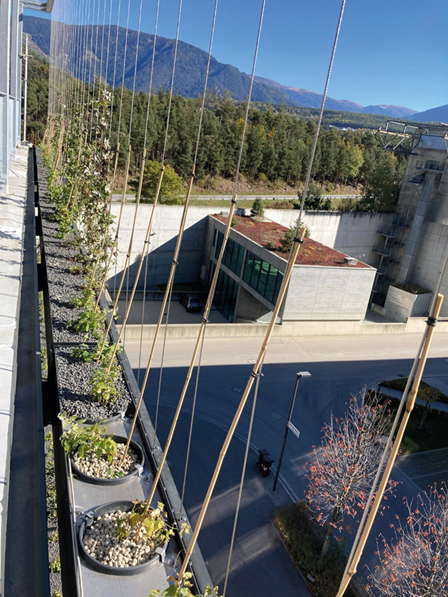
Living Building Envelop in the North of Italy
New office building built as solid timber construction following the cradle to cradle principles in the North of Italy. © Partner und Partner Architekten The façade

New office building built as solid timber construction following the cradle to cradle principles in the North of Italy. © Partner und Partner Architekten The façade
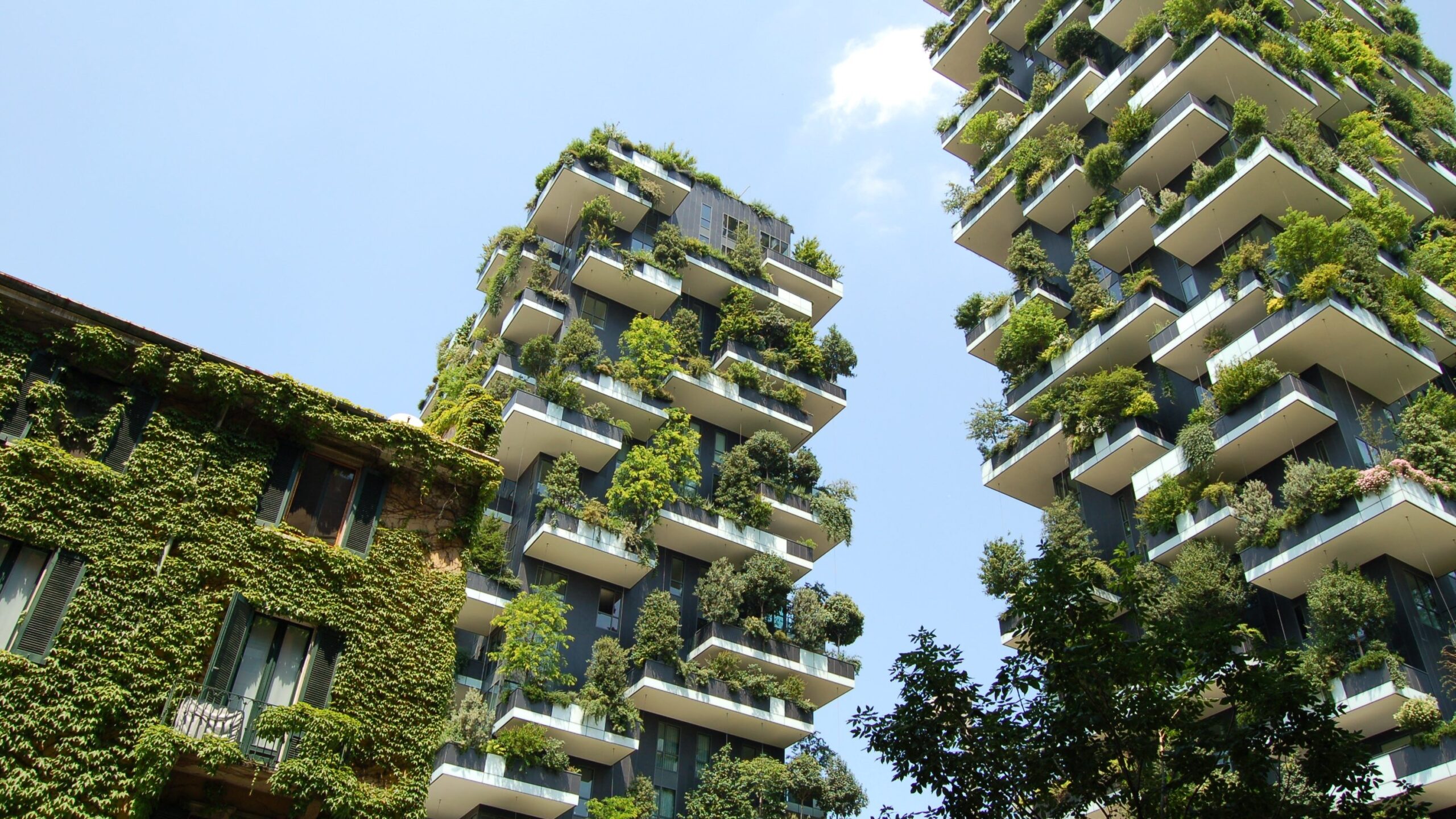
At EIMA, the international agricultural machinery exhibition in Bologna (Italy), the World Green Infrastructure Network presented proposals for new standards on green areas in rural,
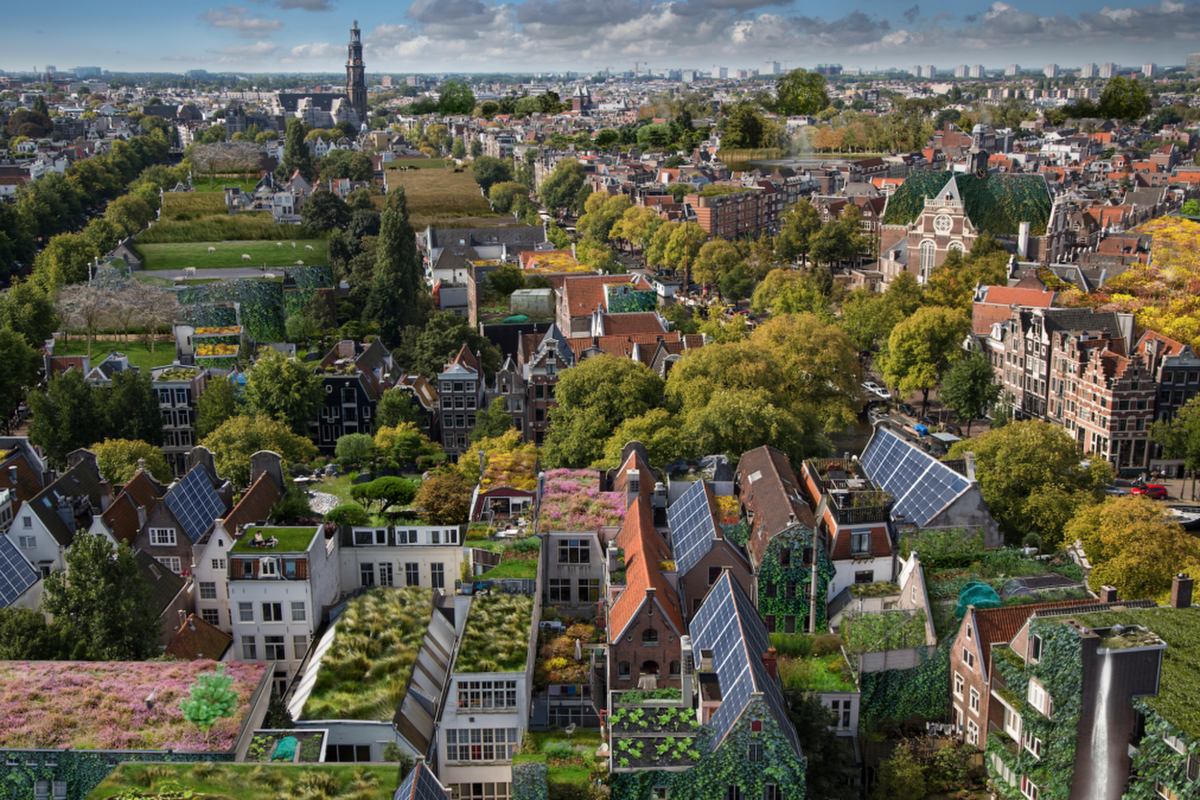
Boosting the uptake of green infrastructure through new EU rules on buildings’ energy performance can lead the way for decarbonised, healthier and more biodiverse buildings
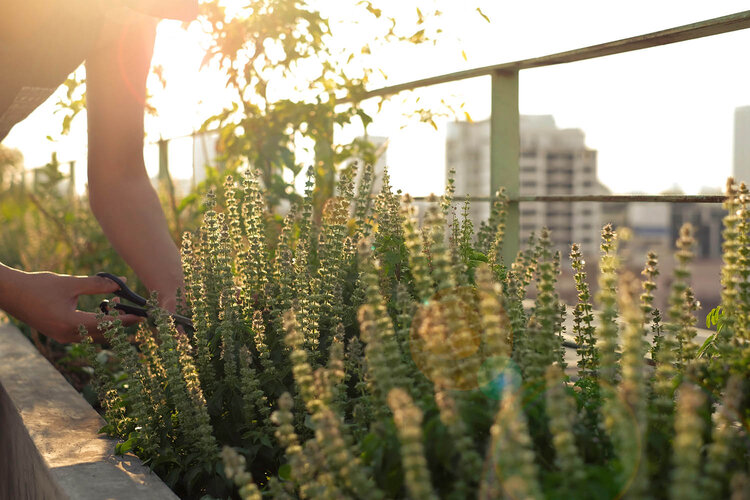
Rotterdam, The Netherlands: section of the Dakakker. ID:1415339051 By interweaving green infrastructure with the built environment, we can tackle some of the effects of human-induced
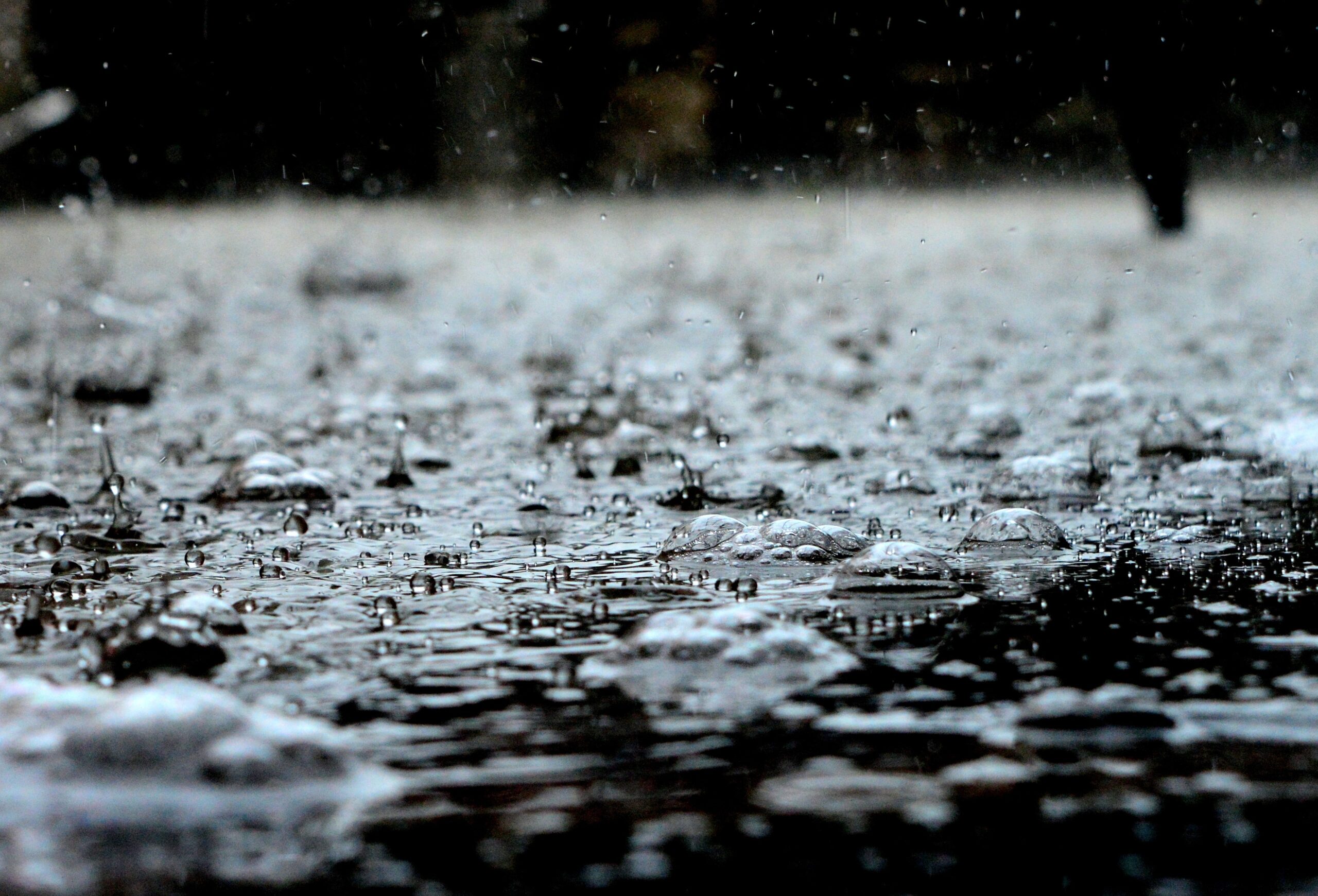
Blue-green infrastructure are key to help adapt urban rainwater management to climate change, reports Tagesspiegel Background (Germany). In Germany and the EU, experts are calling
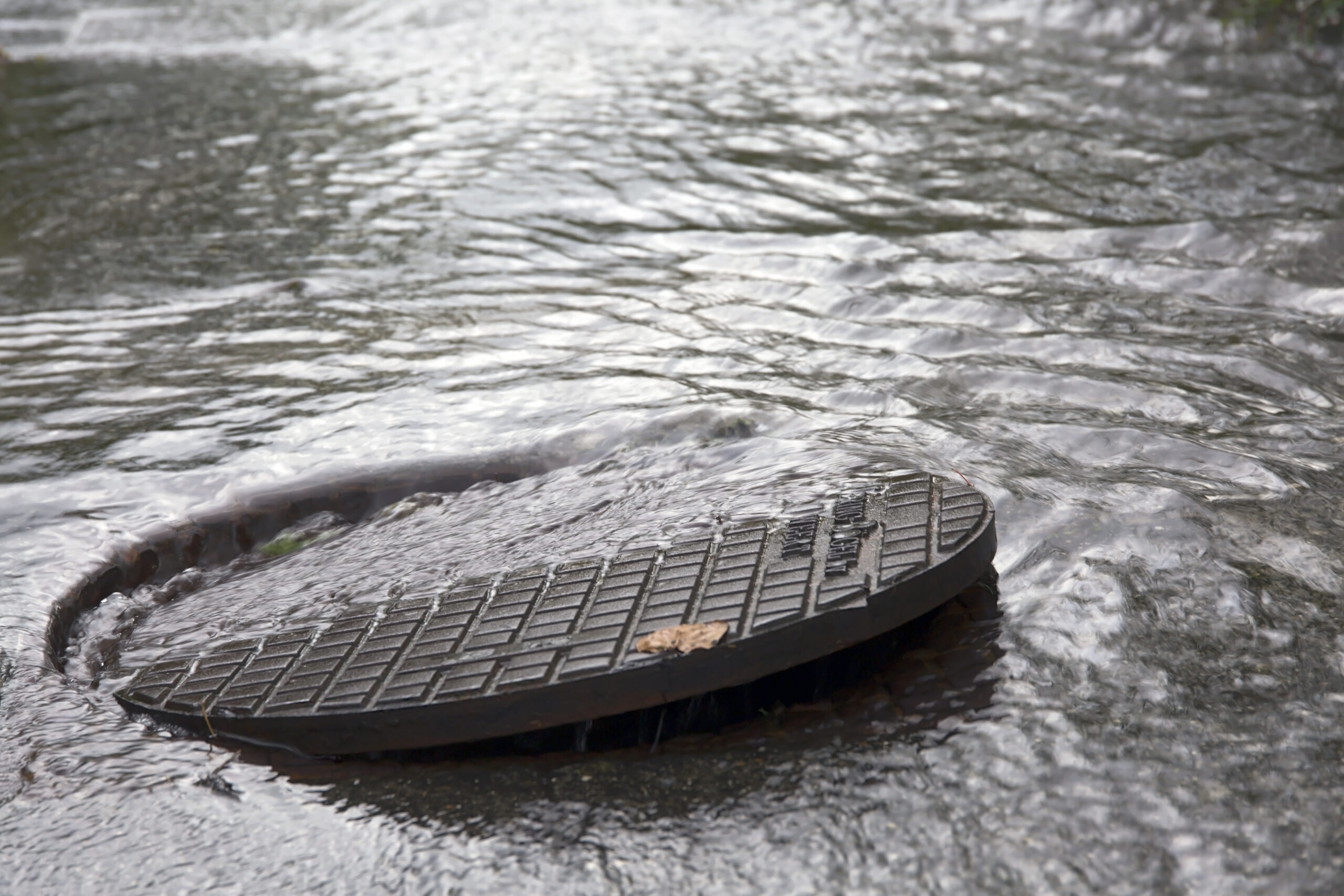
Oblique lid of a well after thunder shower. ID: 697109167 April 2021 was the wettest and coldest April on record, yet summer in Europe could
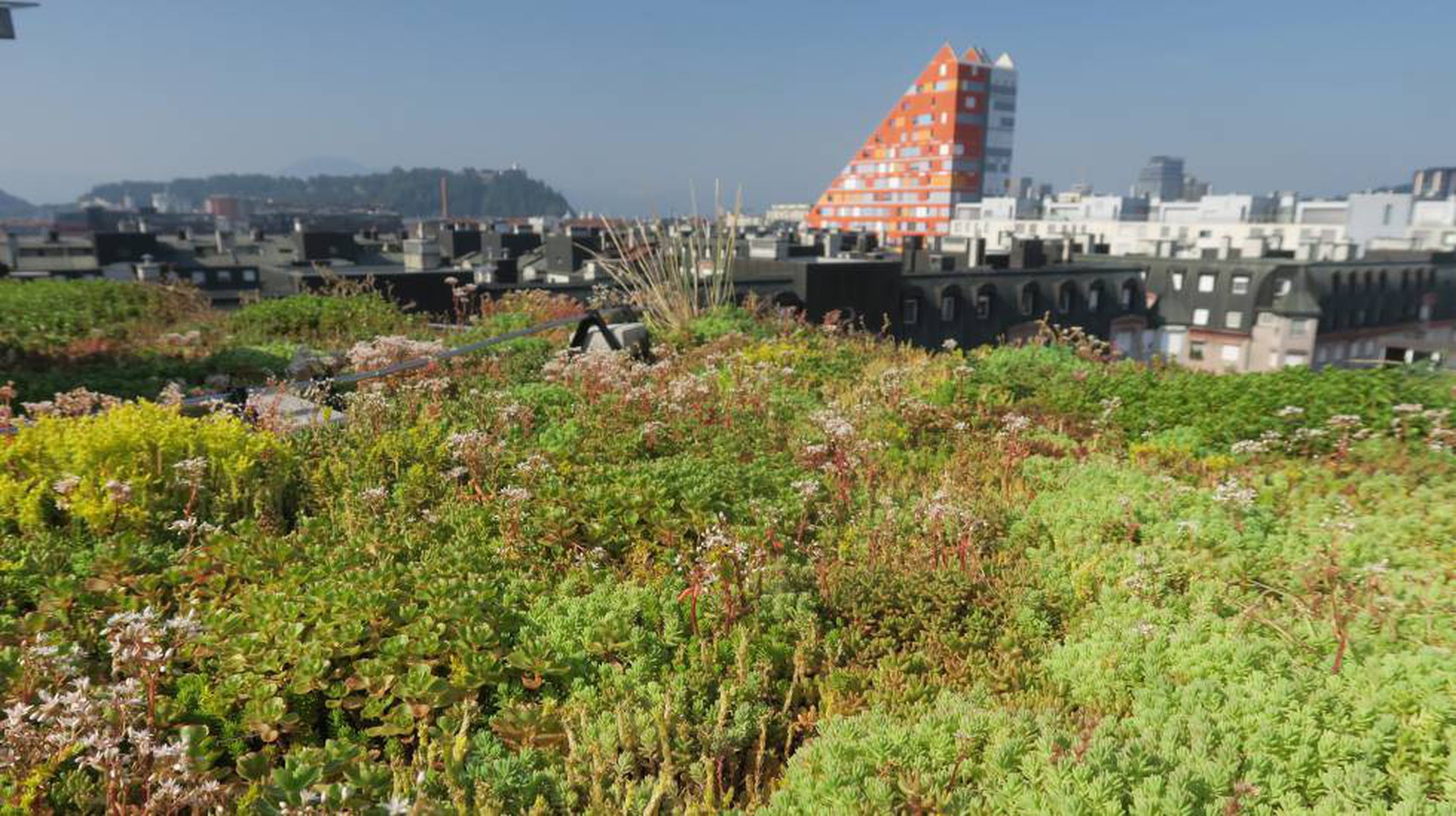
Azotea del Instituto Nacional de Biologia, en Liubliana, capital de Eslovenia. © DANILO BEVK In an interview to top-ranking Spanish media outlet El Pais, Jure Sumi, president of
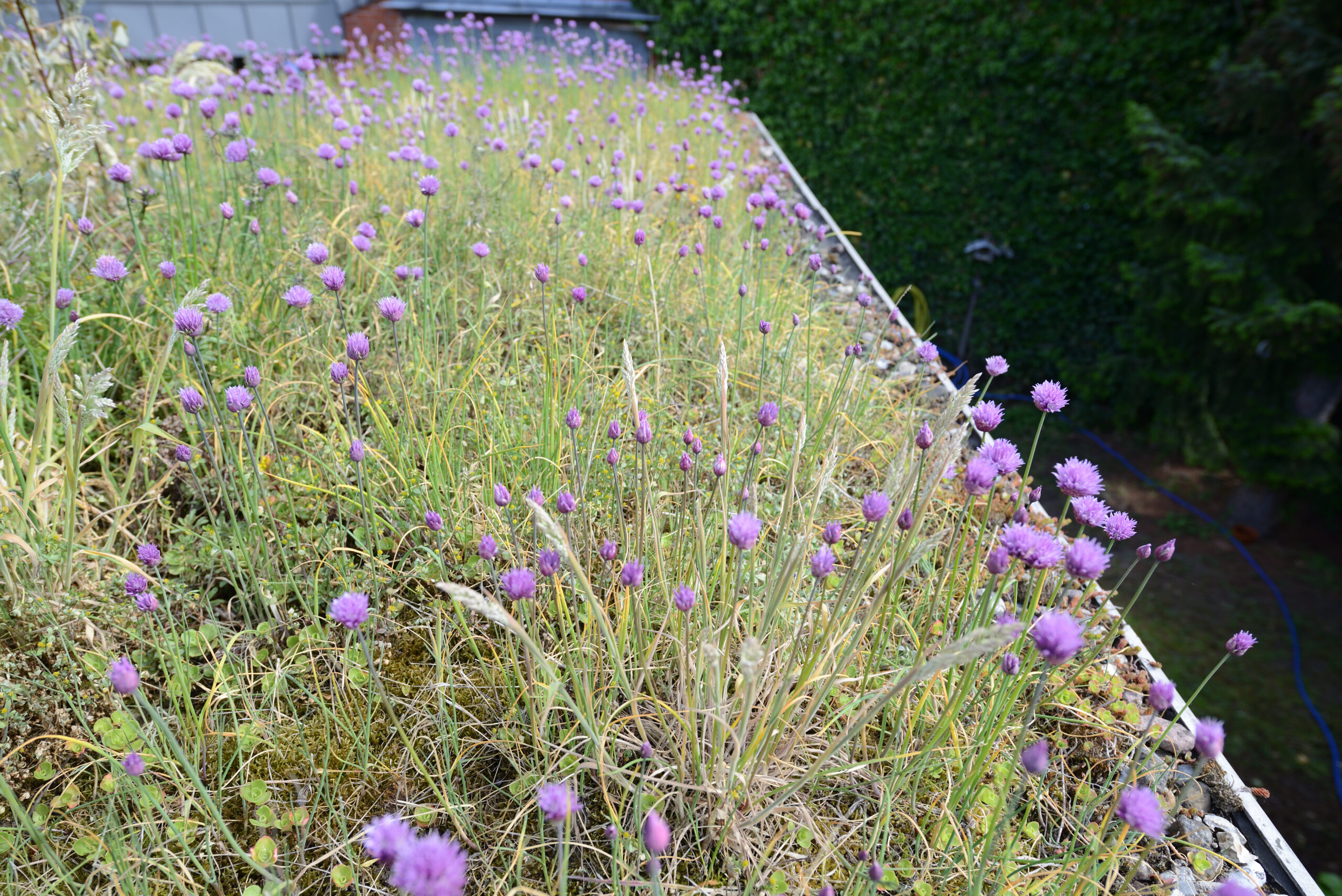
The European Parliament adopted its position on the EU Biodiversity Strategy for 2030, signalling another important recognition of green infrastructure benefits. On 9 June 2021,
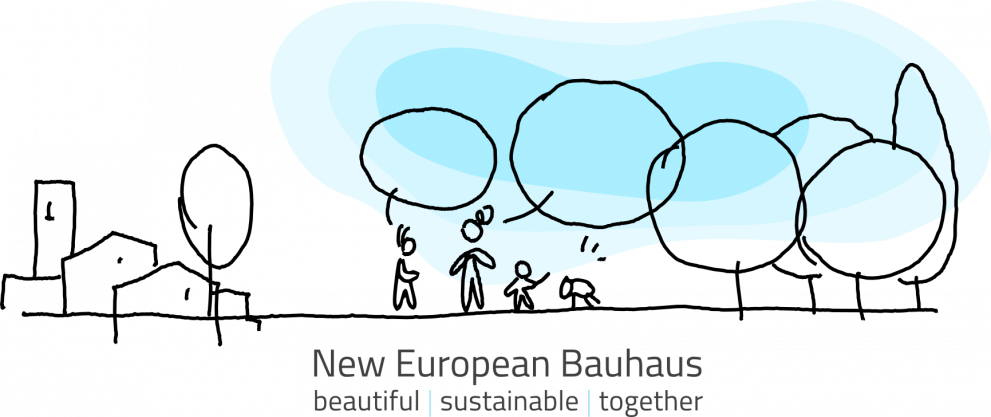
The World Green Infrastructure Network (WGIN) has been selected as official partner of the New European Bauhaus (NEB). The New European Bauhaus initiative aims to connect the European
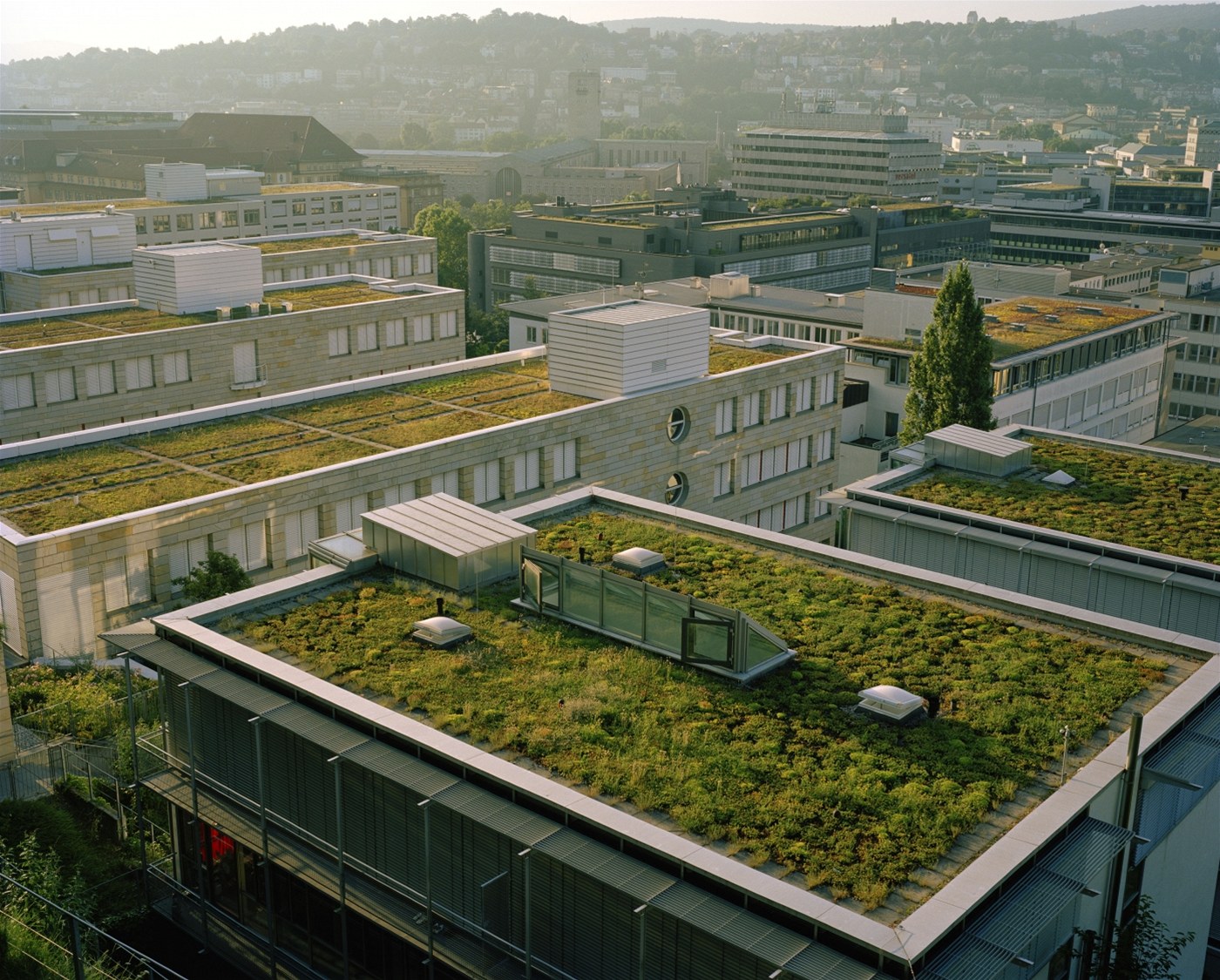
December 2020 – In a resolution adopted on 17 December the European Parliament recognised the key role of green roofs and walls to minimise the adverse impact
Follow us on the channel that best suits you to receive our latest updates!
Join us. Get member benefits. Promote your company, projects, products and services.